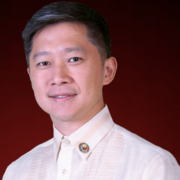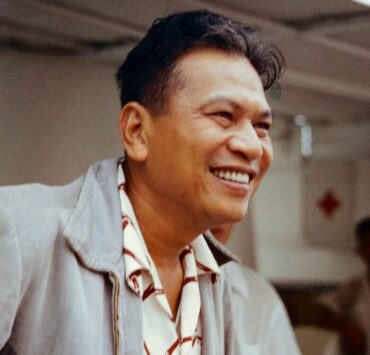Material memory: the ceramics of Jose Solon Perfecto
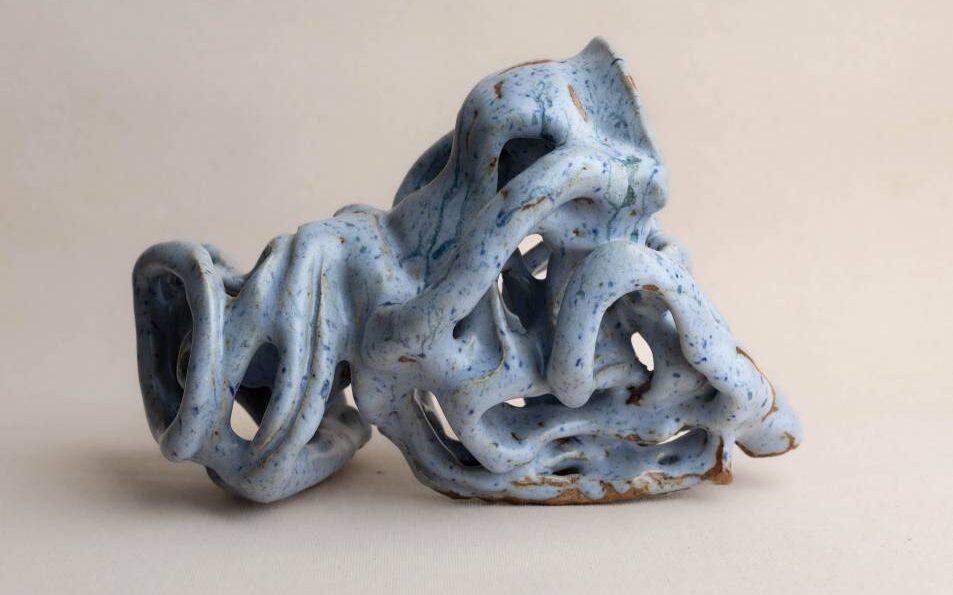
Clay remembers. It remembers the rain, the minerals, the pressure of the earth. It remembers touch as well; the imprint of a hand, the shape of a breath. For Filipino ceramic artist Jose Solon Perfecto, memory is not only metaphor but medium. “Clay has memory,” he says, “of the many years – eons – of its silent existence on earth, and as an artist, I work with patience and technique to express that memory through form, which is its language.”
Perfecto’s work sits at the intersection of the ancient and the contemporary: raw yet refined, tactile yet philosophical. His ceramics (vessels, sculptures, and functional ware) made from wild clay and native glazes honor the land from which they come. They tell stories of ancestry and geography, yet they look forward, not back. He calls this approach terroir ceramics: an art form that embodies the soil, the flora, and the sensibility of place.
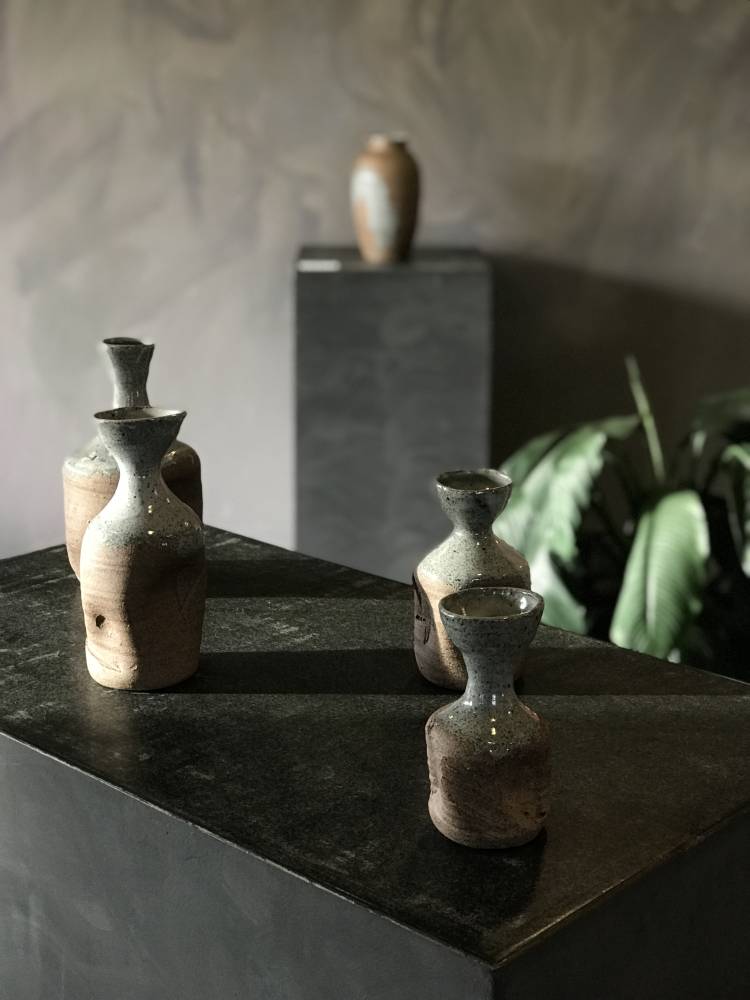
Beginnings in clay
Perfecto’s relationship with clay began in childhood. “My encounter with ceramics was through a terracotta class in first grade, so I was around eight years old,” he recalls. “My mom soon after enrolled me in pottery school with the Pettyjohns in the Madrigal Art Center.”
Under the mentorship of Jon and Tessy Pettyjohn, pioneers of contemporary Philippine ceramics, and their apprentice at the time, Hadrian Mendoza, Perfecto found himself immersed in a world that extended far beyond the wheel. “There were many cross-cultural references of cinema, design, music, cuisine, and literature that enriched that period of my learning,” he says.
He wasn’t a natural at first. “I eventually excelled because it was the first thing I enjoyed after going through other classic activities like art class, piano, swimming, taekwondo, and football.” What drew him in was not mastery, but meaning. “Imagine learning that form and proportion, when meaningfully executed, could express emotions and invoke a feeling? I really fell in love with the subtlety of pottery art.”
Even then, there was something deeply personal about his attraction to clay. His father worked in construction, and the rhythm creating something tangible from the earth was familiar to him. “I also admired the tactile aspect of working with your hands and working with tools to make a living,” he says. “I’ve always found it fascinating to be around construction sites and skilled workers.”
From corporate to clay
The path from pottery student to full-time artist wasn’t linear. “When I was still a student, I didn’t have my own studio, and information on how to put one up was not as readily available as it is today,” he shares. “You can say that being a potter was gatekept, but gatekeeping requires clamor, which also didn’t exist back then.”
Without infrastructure or institutional support, it was community that sustained him. “I was adopted by my friends Joey De Castro and Pablo Capati III, who continuously encouraged me to pursue ceramics.”
In 2018, after years of working in the corporate world, he made a decisive break. “I eventually left my corporate job and invested in a second-hand gas kiln, which I transported from Alabang to La Union, when I became a full-time pottery artist.” The move wasn’t just geographic. It was a return to himself.
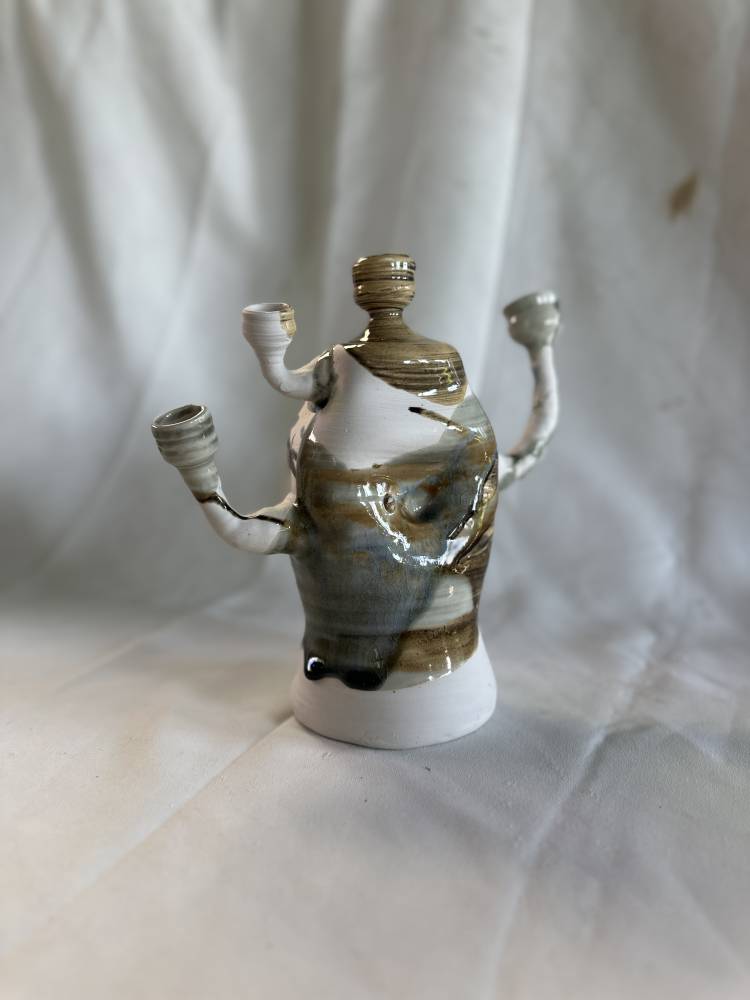
On materiality and process
The foundation of Perfecto’s practice is material truth: the understanding that each element carries story, character, and soul. He speaks of wild clay and native ash glazes with reverence. “Our country’s collection of ceramics is evidence of our pre-colonial sophistication, taste, and strong ties in global trading routes,” he explains. “In continuing this centuries-old tradition, I use wild clay and ashes from native flora to express that provenance and give it a voice in the dialogue of world-class contemporary art and the Filipino identity.”
His use of the word “terroir”, often reserved for wine and cigars, isn’t accidental. Before returning to art, he worked with a company blending new cigars, and the experience left an imprint. “It was quite clear that the process was basically storytelling by tabaqueros and vinedors,” he recalls. “It was a tale of the yield of a land, and what an artist can create with it. That was definitely a sentiment I felt needed to be explored through ceramics.”
For Perfecto, this grounding in material is both spiritual and nationalistic. Each piece becomes an act of preservation and of protest, a quiet insistence that Filipino soil has value, beauty, and voice.
Form, function, and feeling
In his practice, function and abstraction coexist. “As an artist, I found some parts of my voice in sixteenth-century Japan through Oribe-inspired forms,” he shares. “In this style of ceramics, we see a break from convention, highlighted by expressive strokes departing from centuries-old traditions of uniformity and beauty. It’s modern, but rooted in ancient technique. This speaks to me.”
The balance he seeks is not simply aesthetic but human. “Function and utility can exist without beauty,” he says. “It can also execute with precision but not invoke a sense of humanity. What is art if not something that makes us ‘touch grass,’ through the works of humans whose sole purpose is to do so?”
There’s humility in his responses, but also conviction. “The perfect bowl can have the secrets of the universe within its walls,” he adds. “And it is truly up to those that seek it, to find it.”
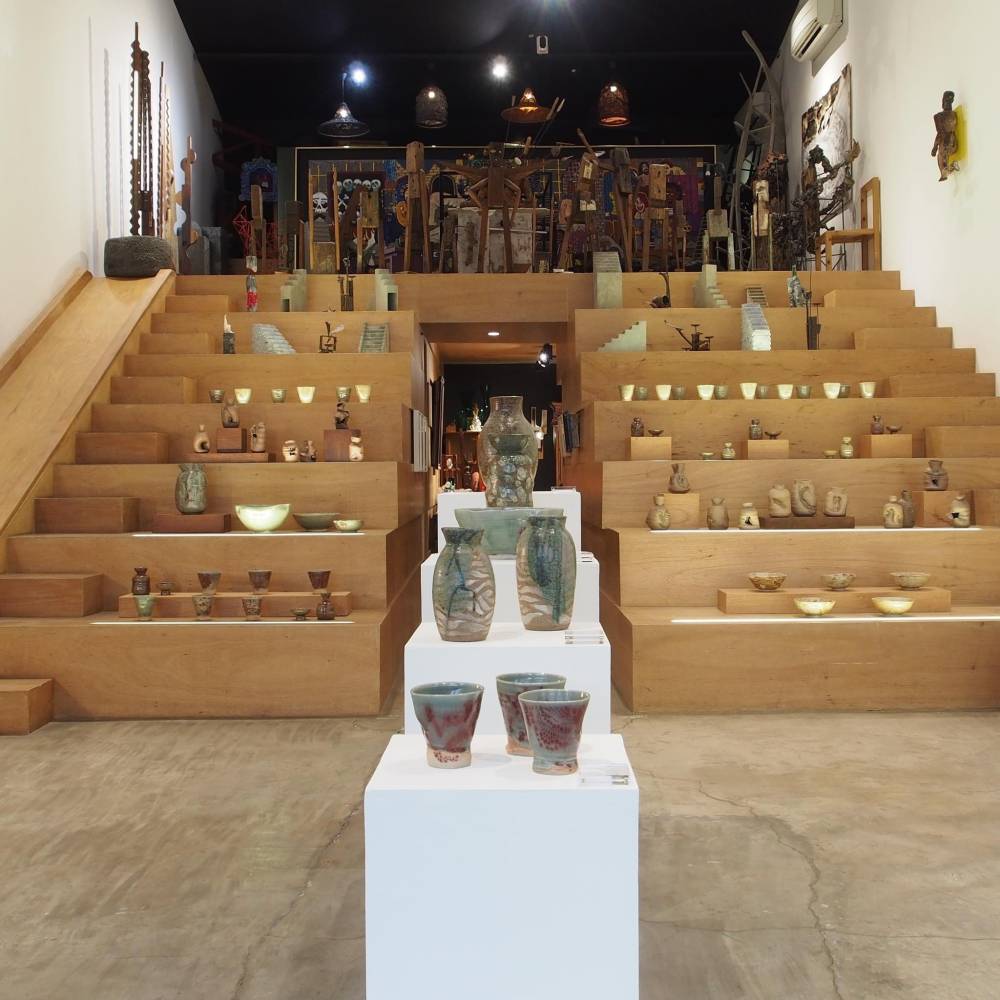
Ceramics as heritage
Perfecto’s ceramics are vessels of memory: cultural, historical, and personal. “We have a very long and rich relationship with ceramics in our country,” he says, “but our textbooks oversimplify it to our terracotta cottage industries and the Manunggul Jar featured on the old one-thousand-peso bill.”
He sees his work as part of a larger continuum, from sacred rites of breaking bread to burial rituals, from ancestral jars to modern dining tables. “Making and using terroir ceramics in our Filipino table culture means bringing dignity to our meals, whether shared with others or eaten solitarily,” he explains. “Putting our food – whether it’s the fresh catch of the day or the petsa de peligro meal – in a vessel that reminds us of how we honor our land, how the sea gives us everything that we need, is an important aspect of our heritage and identity.”
Perfecto is aware of the irony of borrowing European vocabulary to articulate a Filipino practice. “I’m aware that terroir ceramics borrows Eurocentric language, but isn’t that the point of having a modern national identity in our world?” he asks. “Did our heroes not fight so that one day something Filipino can be spoken of with the same esteem the globe over?”
Devotion in solitude
Ceramics, for Perfecto, is both craft and calling. “Each piece of art I make is a declaration of courage when many seek comfort and security,” he says. “The path of the potter is teeming with difficulty, both technical and personal, so you need to have the grace to roll with the punches.”
He likens his discipline to a monastic life, one that finds abundance not in wealth but in spirit. “There are less than a hundred potters in the Philippines so we tend to have a very monastic experience through our work and life,” he says. “I’m quite inspired by St. Benedict’s ora et labora. It shows abundance and richness in spirit when your best and most powerful work does not align with commercial viability.”
That belief in honesty and quiet persistence threads through his 2024 solo exhibition, Perfecto Deli: A Deli for the Senses. “In my last solo exhibition… I use the archetype of a hermit-wizard to bring such objects of light, devotion, protection, and fortune to people, brave of heart, that are on a quest for Truth, Beauty, and Love,” he says. His sculptures (The Hermit, Blue Buddha, Knockturnal Knights, Nazar Delights, and his signature Fortune Empanada) act as modern totems, mythic wards born from clay and fire.
The Prodigal Return
Perfecto has been called “the Prodigal Son of Contemporary Philippine Ceramics.” The title amuses him. “To speak candidly, my return to pottery happened at a time when there was friction between ‘the way one should learn’ and newer establishments that were being perceived, frankly, as detrimental to that Karate Kid-Sensei tradition,” he admits. “I think I got recruited to bolster the ranks of the old school guys. But to no surprise, I flailed and floundered for a very long time upon my return, and so I felt it was so anti-climactic.”
But the return, however imperfect, mattered. It was proof of endurance, and that an artist can wander and still find his way back to the craft that raised him.
On value and nation-building
Today, Perfecto speaks not just as an artist, but as an advocate. He sees ceramics as vital to the nation’s cultural fabric and believes its value must be reflected in how society treats artists. “Ceramics is actually not considered among the fine arts in Filipino culture despite its historic significance and contribution to our national identity,” he says.
He dreams of a time when artistic labor is dignified. “I want to live in a Philippines where a parent can say, ‘Anak, galingan mo ha, may pera sa sining at kultura,’” he says. “This isn’t an issue of skill alone, but of worth.”
His mantra for his brand, Perfecto Deli, sums up that belief succinctly: “Ceramics is costly, but culture isn’t cheap.”
Looking forward
Perfecto’s most recent series, The Fortune Empanada, distills his philosophy into playful form. “Studio pottery can get mundane, like most things, but the Fortune Empanada sparked a renewed joy in me,” he says. “It is a reminder to an artist like myself (or our countrymen, even) that success is often bite-sized. It is an anti-thesis to winning a lottery ticket or finding viral fame.”
The piece, a bowl reshaped into the familiar crescent of an empanada with a coin slot like a piggy bank, is both humorous and profound. “It champions the marriage of honesty, hard work, and the virtue of being tihik as the key to success in these modern times.”
“Western rhetoric has watered down our idea of who we are,” he says, “and maybe sometimes we forget the Asian values we are known for the world over.”
Material memory
To hold a Solon Perfecto piece is to hold a fragment of earth that has lived many lives; riverbed, mountain dust, human touch, kiln fire. His ceramics are a conversation across centuries, a reminder that memory doesn’t fade; it transforms.
Each vessel is a prayer in motion, each sculpture an act of remembering. In clay, he finds the shape of both ancestry and possibility – a reminder that culture, like earth, endures only through those who continue to shape it.









